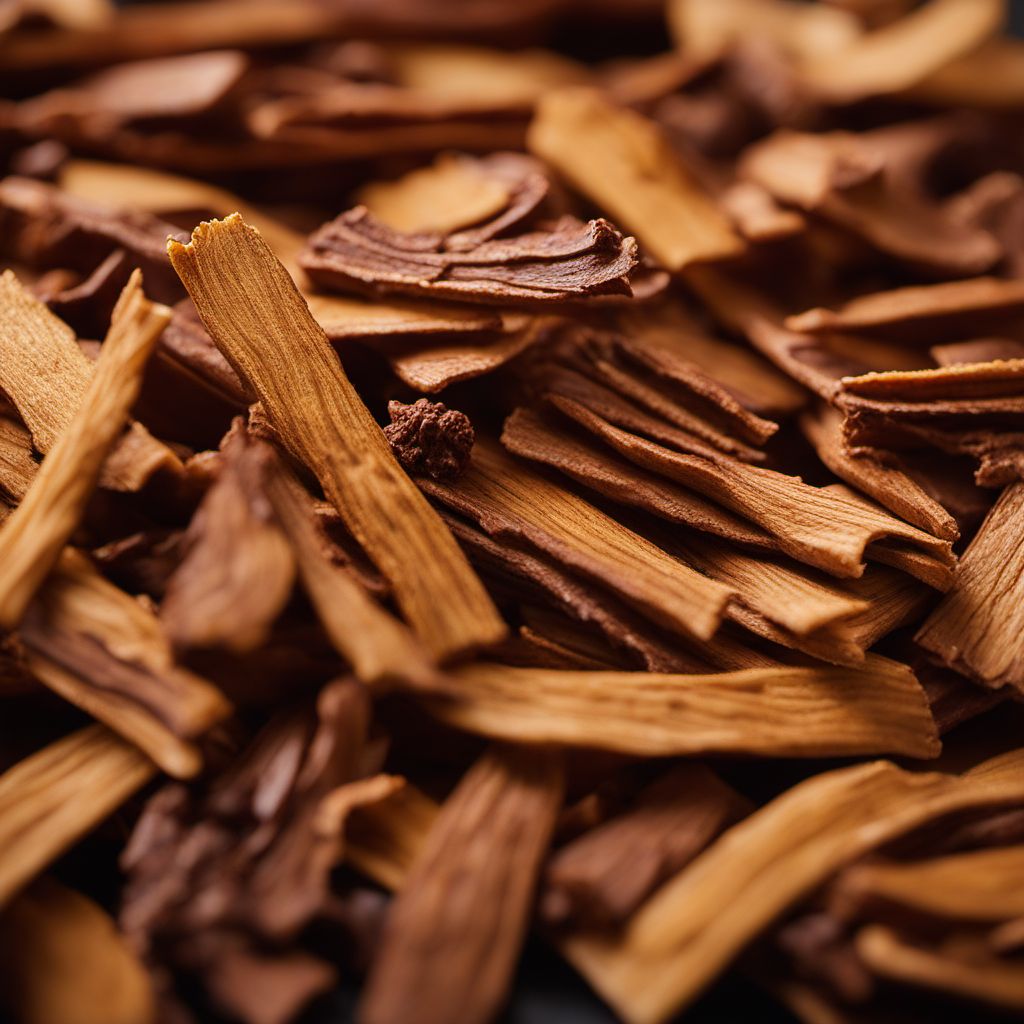
Ingredient
Chinabark (infusion bark)
The Aromatic Essence: Chinabark Unveiled
Chinabark, derived from the bark of the Cinnamomum camphora tree, boasts a warm and spicy flavor with hints of cinnamon and camphor. It is commonly used to infuse beverages, desserts, and sauces, imparting a delightful aroma and a subtle complexity to the final dish. The bark is typically dried and ground into a fine powder or used in its whole form to extract its aromatic essence.
Origins and history
Chinabark has a rich history dating back centuries, originating in East Asia where it was highly valued for its medicinal properties. It was traditionally used in Chinese and Japanese herbal medicine for its anti-inflammatory and antiseptic qualities. Over time, its culinary applications expanded, and it became a sought-after ingredient in various cuisines around the world.
Nutritional information
Chinabark is a low-calorie ingredient that adds flavor without significantly contributing to the overall nutritional content of a dish.
How to select
When selecting chinabark, look for whole pieces or ground powder that are free from moisture, mold, or any signs of deterioration. Opt for reputable brands or suppliers to ensure quality and authenticity.
Storage recommendations
To maintain the freshness and quality of chinabark, store it in an airtight container in a cool, dark place away from direct sunlight. Proper storage will help preserve its aromatic properties for an extended period.
How to produce
Chinabark can be produced by harvesting the bark from Cinnamomum camphora trees and drying it thoroughly. The dried bark can then be ground into a powder or used in its whole form for infusion purposes.
Preparation tips
Chinabark can be used to infuse beverages like tea, cocktails, or hot chocolate, adding a warm and spicy note. It is also a delightful addition to desserts such as cakes, cookies, and custards, enhancing their flavor profile with its unique aroma. Additionally, chinabark can be incorporated into savory dishes like stews, curries, or marinades to lend a subtle complexity to the overall taste.
Culinary uses
Chinabark is commonly used in Asian cuisines, particularly in Chinese, Japanese, and Korean dishes. It is also found in some Middle Eastern and Mediterranean recipes.
Availability
China, Japan, Korea, Middle East, Mediterranean
